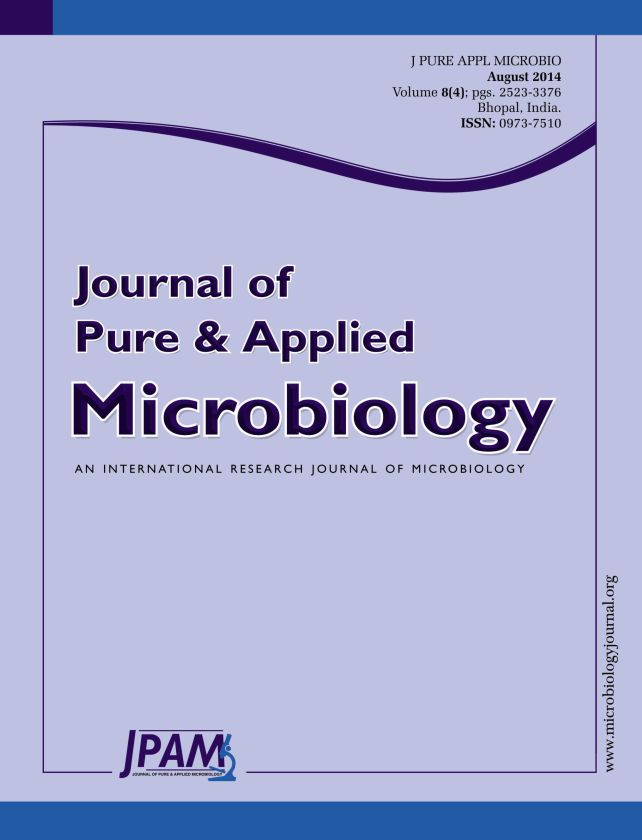Dengue virus infection is transmitted by the Aedes aegyptii mosquito. It causes a spectrum of illnesses ranging from asymptomatic cases, mild dengue fever (DF) to severe complications like dengue hemorrhagic fever / dengue shock syndrome (DHF/DSS). This viral infection is seen worldwide, with large number of cases in the South- East Asian countries, including, India. This study was conducted to find the distribution of dengue virus infection and to study the clinical profile among the hospitalized patients. The study was conducted in the department of Microbiology of a tertiary care center for a year. After history taking and clinical examination blood samples were collected from 250 suspected dengue cases. These samples were subjected to ELISA to detect Dengue IgM antibodies. Patient’s platelet count and hematocrit were also determined. Out of the 250 cases 155 (62%) were positive for IgM dengue antibodies. The age group of affected patients ranged from 1-20 years. Disease was distributed more in males. The monsoon and post- monsoon seasons accounted for majority of cases. The disease manifested as DF- 79%, DHF – 17% and DSS – 4% cases. The various symptoms associated with disease were fever, headache, joint pain, retro-orbital pain, myalgia and backache. Decreased platelet count was seen only in 15% of the cases. Hematocrit was within normal range. Ours is an area endemic for dengue virus, with disease prevalent more in the young male children and adults. Severe forms of dengue are important causes of morbidity and mortality in the pediatric age group. Important public health measures must be taken during the monsoon and post-monsoon seasons to decrease this trend.
Dengue virus, IgM ELISA, Dengue Fever, Dengue Shock Syndrome
© The Author(s) 2014. Open Access. This article is distributed under the terms of the Creative Commons Attribution 4.0 International License which permits unrestricted use, sharing, distribution, and reproduction in any medium, provided you give appropriate credit to the original author(s) and the source, provide a link to the Creative Commons license, and indicate if changes were made.


